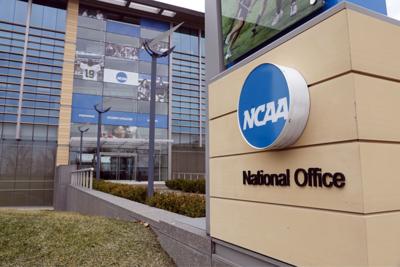The landscape of collegiate athletics underwent an unprecedented transformation this Tuesday, as the National Collegiate Athletic Association (NCAA) officially ushered in its “House settlement era,” a landmark decision permitting athletic programs nationwide to directly compensate their student-athletes. This monumental shift fundamentally redefines the long-standing amateurism model, marking the most significant change in the history of college sports and setting a new precedent for the future of university athletics.
For generations, the narrative of the amateur athlete has defined collegiate competition, with compensation limited to scholarships and modest stipends. The House settlement, however, dismantles these traditional constraints, opening the door for student-athletes to receive millions of dollars in direct financial benefit. This pivotal moment is the culmination of years of intense legal battles and public discourse surrounding athlete rights and fair compensation, addressing long-held grievances regarding the financial exploitation of collegiate talent.
The implications of this new policy are profound, reshaping the financial structures and operational strategies within university athletic departments. Universities across the country are now grappling with the complexities of allocating substantial funds to their athletes, a move that will necessitate significant adjustments to budgeting and financial sustainability plans. This new financial paradigm is set to revolutionize how athletic programs manage their resources and potentially influence their overall fiscal health.
Beyond the immediate financial allocations, the settlement is poised to dramatically impact the competitive balance and strategic approaches to recruitment and retention of top talent within college sports. Programs with greater financial capacity may gain a significant edge in attracting elite student athletes, potentially creating a new hierarchy in collegiate competition. This shift intertwines directly with the burgeoning sports business, as colleges navigate a more professionalized environment where talent acquisition and athlete branding become paramount.
As this transformative policy takes hold, it introduces a fresh set of complexities and challenges. Compliance with the new compensation rules will be a primary concern, demanding robust oversight and transparent mechanisms to ensure fairness and adherence to evolving regulations. Furthermore, discussions around competitive equity will intensify, as stakeholders grapple with ensuring a level playing field amidst varying institutional financial capabilities. This era marks a significant step towards the greater professionalization of the collegiate athletic system, blending education with a more direct economic model.
Discover more from The Time News
Subscribe to get the latest posts sent to your email.






